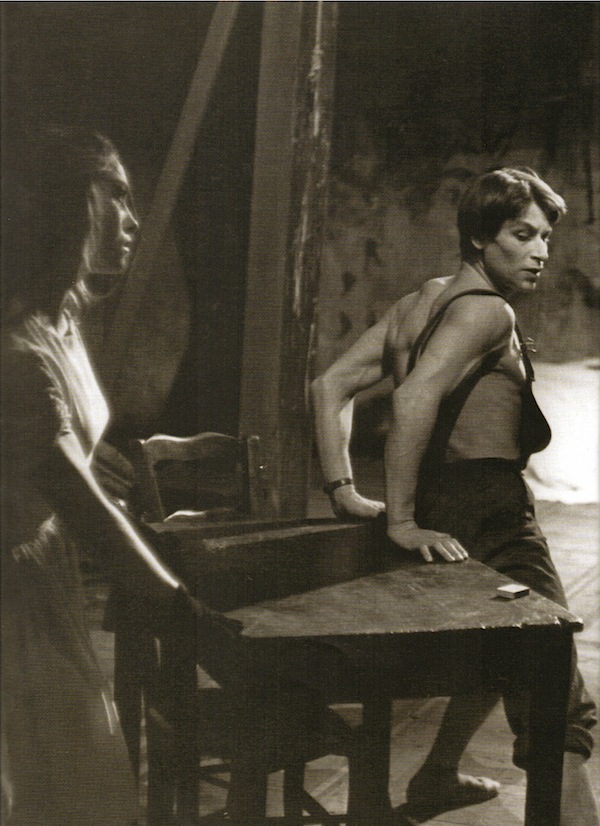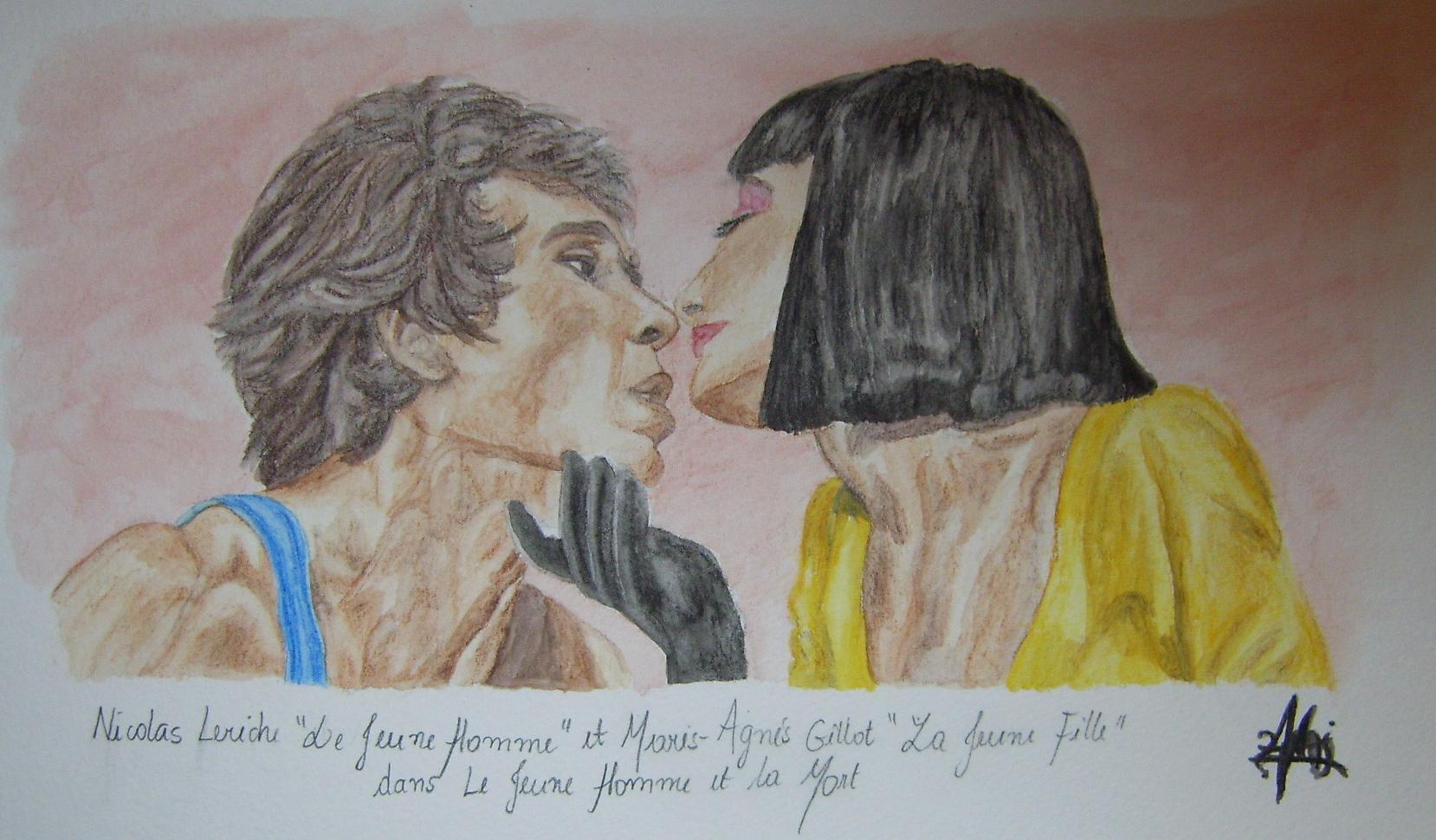"The Perfect Partnership"
The First Performance of
Margot Fonteyn & Rudolf Nureyev
"The Perfect Partnership"
The First Performance of
Margot Fonteyn & Rudolf Nureyev

Dear
friends & ballet fans,
Here
is another excerpt from a chapter of my book – regarding the life of "The
First Lady of The Royal Ballet". Specifically, about the her first eeting
with her legendary partner – Rudolf Nureyev.
After dancing together for 10 Years, Margot Fonteyn had separated from her parter,
Michal Somes, That retired in 1961. Michal (1917-1994) that was only two
years older then her, decided to retire due to his mature age and there were
some people in the theatre who "whispered" that maybe Margot should do the
same, and finish her dancing career.
In what could have been considerd as a stage in getting an admistrative role, Margot got a mandate to invite a
world known ballet star to perform in a special fund raising night for the
Royal Ballet School. After her invitation to the Russian Superstar Galina
Ulanova (1910-1998) was turned down for the 3rd year in a row, in
the conference room of the ballet school came up the idea of inviting Rudolf
Nureyev, who have just defected to the west.
The
idea was warmly acknowledged, and since the dancer was at Copenhagen at the
time, the only way to contact him was through one of the organizers of the special night, Collette Clark, who was in contact with Rudolf's ballet teacher Vera Volkova.
Since Margot was responsible for bringing the guest star, she was in intensive
connection with Collette in order to see what exactly is the quality of the
star and whether he will be willing to perform in the special night.
The
conversation was something like this:
Ø
Collette: He says he
(Nureyev) wants to dance with you.
Ø
Margot: I’ve never
set eyes on him, and anyway I'm set to dance with John Gillipin “Le Spectra of
the rose”. Ask Vera if he’s a good dancer.
Ø
Collette: Vera says
he’s adamant about dancing with you, and that he’s marvelous.
Ø
Margot: He sounds
tiresome to me…
Ø
Collette: No, they
say he’s extraordinary. They say that he has such a presence he only has to
walk on the stage and lift his arm and you can see the swans by the lake…
Ø
Margot: The more I
hear of him the worse he sounds. I don’t mean as a dancer, but why should he
decide to dance with me when he’s only twenty three and I’ve never even met
him?
Ø Collette: Well, Vera thinks he's
a genius. She says he has “The nostrils”. You know what I Mean? People of
Genius has “nostrils”.
That
was actually the first communication between the couple that will eventually be
known as "The Perfect Partnership"
In the
dawn of 1961 came Ninette De Valoise, the founder and artistic director of the
royal ballet, to Margot and told her that Rudolf is about to perform with them
in the upcoming season. She asked Margot if she wanted to dance the lead role
aside him, in the ballet "Giselle".\
At first, Margot didn’t find the
idea so appealing, and was actually afraid that if the two dancers will team
up, a 23 year old Russian rising star and a 42 year old English ballerina, it
will look like "Lamb dancing with Mutton". She asked for a day to
think about it and when she returned home she realized that he is about
to be the big sensation of the season and if the opportunity to
dance with him will be given to a different ballerina she will be left behind and away from the
spotlight. And so Margot took the courage and decided to take on the role with
the young star and literally to engulf a new challenge in her career.
The
21st of February 1962, the premier of Giselle, was the date which
all of London's ballet world was expecting – especially those who had tickets
(it is told that in the same premier merely 70,000 ticket requests were denied
after it sold out). In the ticket office event they were bragging that
"even the queen herself could not get a ticket".
Because
Rudolf was educated in the Russian ballet style, which minimizes the use of
mime in comparison to the English style, the two dancers met in the middle, which resulted dancing with an unbelievable level of dramatic expressiveness. The symmetry
between the two dancers was so outstanding that none other then Ninette De
Valoise was noted said that "it is incredible to believe that they
were not brought up in the same school". It appeared as if they heard the
music in the same way and the one was the other's shadow or mirror – "Two
edges that came together and created a whole"
Margot
and Rudolf completely devoted themselves to the roles to such extent that it
was almost impossible for the crowd to realize that they are actually acting.
Rudolf
Recollects:
"I was Albrecht (The lead male character in
Giselle), and Albrecht was in love with Giselle; on the stage I saw her through
the eyes of a lover"
When
the curtain come down at the end of the show there were no applause at all for
something that seemed like a minute. Nobody believed what they have just
witnessed – the icon of the English Ballet had performed with a young Russian
man who Is about half her age, and they both looked like the perfect
partnership. When they came up stage for
one of the 23 encores the crowd demanded (the presumable record was in the
couple's premier of "Romeo & Juliet" – 43 encores), Margot pulled
out one of the red roses in her bouquet, that was sent to her by her husband, and
presented it to Rudolf, who in an classical but very typical manner got down on
one knee and kissed her hand.
The
press cheered and remarked a new era in ballet.
Yet, it is difficult to ignore the spicy question about the existence of
intimate relationship between the two. even though she was married and he was (usually)
a Homosexual they've still toured the world together and shared a long time
alone. Although This question is answered in many different ways, maybe
the best one was said by Margot's biographer, Meredith Daneman:
"Perhaps the most intimate union that an
artist can ever forge will be with someone who shares, not his bed, but his
dream"
The full article will appear in my book:
"The Romantic and Neo-Classical Ballet
Masterpieces, Creators and unforgettable performers"











